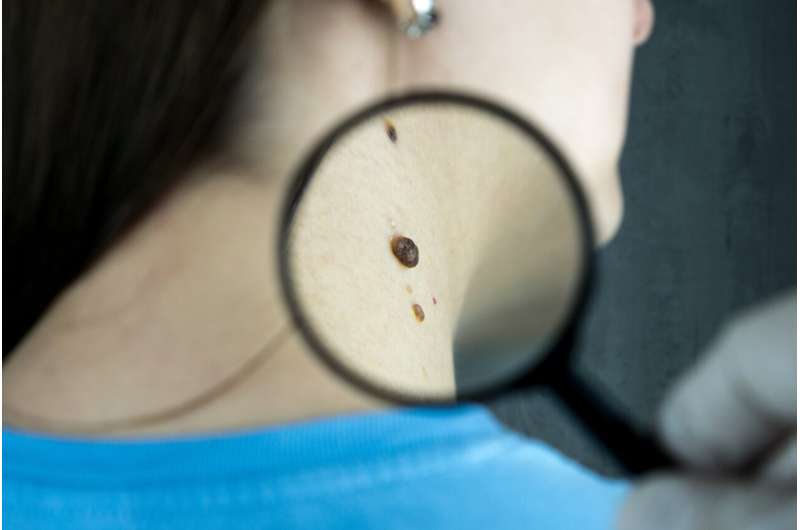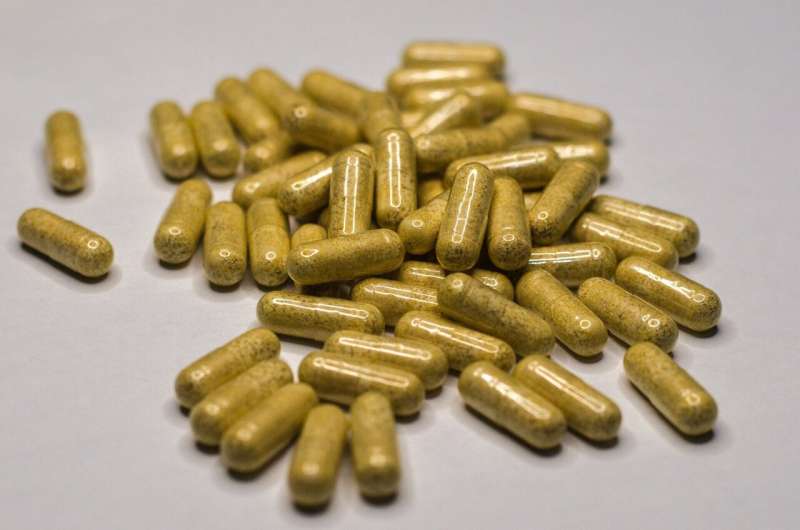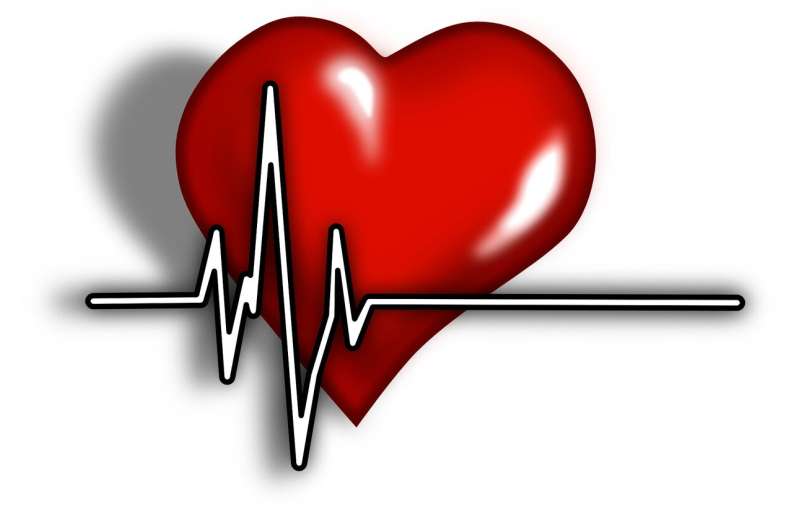Enhanced Melanoma Risk Calculator Incorporates 16 Personal Traits and Regional UV Exposure

A new melanoma risk calculator now considers 16 personal factors and regional UV exposure to improve early detection and targeted prevention, aiding Australians in managing their skin cancer risk effectively.
The QIMR Berghofer Medical Research Institute has introduced a significantly improved version of its melanoma risk prediction tool, designed to assist Australians in assessing their personal likelihood of developing this serious skin cancer. This next-generation calculator is based on extensive data collected over a decade from more than 40,000 participants in the landmark QSkin Study. The upgraded online tool now considers 16 self-reported factors, including age, skin type, hair color, and history of sunspots, providing a more comprehensive risk assessment. It is freely accessible to the public and healthcare professionals alike.
One of the key advancements is the tool’s ability to factor in regional differences in ultraviolet (UV) exposure across Australia, acknowledging that UV radiation levels vary widely depending on geographic location. This inclusion allows for more precise risk predictions tailored to individual circumstances. The accuracy and scientific foundation of this new calculator are detailed in a recent publication in JAMA Dermatology.
Professor David Whiteman AM, a leading researcher at QIMR Berghofer, highlights that the tool empowers individuals to better understand their melanoma risk, whether at home, during a medical consultation, or through community screening initiatives. He emphasizes that early identification of high-risk individuals enables targeted skin checks and follow-up, ultimately improving early detection and reducing unnecessary procedures for low-risk persons.
Melanoma poses a substantial economic burden on Australia’s healthcare system, with treatment costs exceeding $272 million annually and an increasing trend. The new risk calculator aims to optimize resource allocation by aiding more effective triage of at-risk patients, potentially saving lives and reducing healthcare costs.
Nadine Wilson, who was diagnosed with early-stage melanoma, encourages Australians to use this tool to assess their personal risk and take preventive measures. She stresses that the simplicity of the online assessment makes it accessible and vital for ongoing skin health management. The tool also supports broader discussions about establishing a targeted national melanoma screening program, similar to strategies employed for other cancers such as breast and bowel cancer.
Looking forward, researchers plan to incorporate genetic data into the calculator to enhance its predictive power further. Importantly, the tool is intended as an informational resource to prompt individuals to consult healthcare professionals, rather than replacing medical advice.
Source: https://medicalxpress.com/news/2025-09-melanoma-factors-personal-traits-regional.html
Stay Updated with Mia's Feed
Get the latest health & wellness insights delivered straight to your inbox.
Related Articles
Innovative Targeted Radiation Therapy Achieves Near-Complete Response in Rare Sarcoma Cases
A new targeted radioligand therapy shows remarkable promise in treating rare solitary fibrous tumors, achieving near-complete responses in early clinical cases with minimal side effects. This innovative approach could revolutionize treatment options for malignantly transformed soft tissue sarcomas.
Study Uncovers Attitudes of Ohio Primary Care Providers Toward Treatment of Diabetes and Opioid Use Disorder
Research reveals primary care providers in Ohio are more empathetic toward patients with opioid use disorder but are less likely to treat it themselves, highlighting stigma and organizational barriers. Expanding addiction care in primary care settings is crucial to addressing Ohio's opioid epidemic.
Regeneron Acquires 23andMe Out of Bankruptcy for $256 Million
Regeneron Pharmaceuticals is set to acquire 23andMe out of bankruptcy for $256 million, gaining access to extensive genetic data that could accelerate biotech research. The deal follows 23andMe’s recent financial struggles and data breach impact.
New Insights into the Hidden Causes of Heart Attacks in Younger Adults, Particularly Women
A Mayo Clinic study reveals that many heart attacks in under-65s, especially women, stem from nontraditional causes like SCAD and stress-related factors, redefining diagnosis and treatment approaches.



